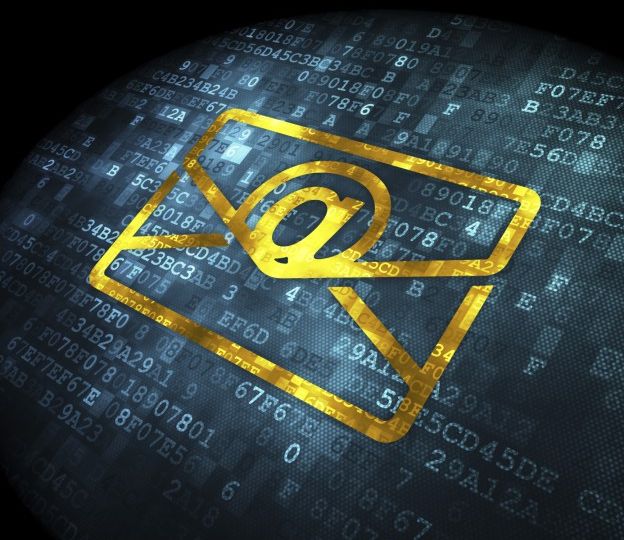
Email personalisation has developed and evolved over time as email marketing has done so.
Including real-time content that is adaptable depending on the environment or location based factors, alongside knowing which device has been used to view the email on, purchase history, social recommendation and preferences. All of the above elements are what makes an email personalised.
Data
The foundation for personalisation is the gathering of information in large quantities about existing customers and prospective customers.
Times have changed from the collection of names, other data can be collected to personalise email marketing to suit the customer.
The data should cover all marketing touchpoints across the lifecycle of the customer, so this data will need to be tracked all the time.
Contextualisation
Email personalisation comes from collecting past information such as past purchases and preference and then altering the emails depending on the gathering information.
High levels of contextualisation will lead to higher sales, thus leading to more overall revenue.
Segments
Segmenting your customers into groups that focus on what the customers have in common will be an effective strategy, however, there has been a recent rise in the concept of segments of one. rather than groups.
This is a more effective strategy as customers are individuals with different needs and preferences – who will appreciate personalised marketing.
Lead nurturing
Email marketing to customers should be used at an appropriate time according to their sales cycle.
Depending on the customers, some may take their time to browse and will deliberate, whereas others will purchase a product shortly after their first visit.
As personalised email marketing has started to target individuals, it is important to know where the customer is at.
With lead nurture it’s all about time – a customer may be considering purchasing an item but would be hesitant, that email may push them forward in that direction.
Real-time personalisation
According to a recently conducted survey on email marketing, it showed that personalised promotional emails lifted transaction rates and revenue per email.
The result was six times higher than emails that were not personalised.
Regarding real-time personalised emails; one would be personalised when it is opened, rather than when it was sent.
As an example, an email sent out at 8am promoting umbrellas when the weather is overcast but was then opened mid-afternoon once the weather had transformed into sunny skies – the content of the email could change to feature shorts and flip flops.
Personalised email marketing is a must for companies that use it as their sole for of communication with their clients.
Further details of our email marketing services can be found via our website, you can also keep up to date with posts on our Facebook and Twitter pages!
- Marketing Managers Can’t Be Your Marketing Department - January 11, 2025
- Tagging Strategies: How They Maximise Your Marketing Campaigns - January 7, 2025
- First Step to Creating Killer Content – Know Your Reader! - January 7, 2025

